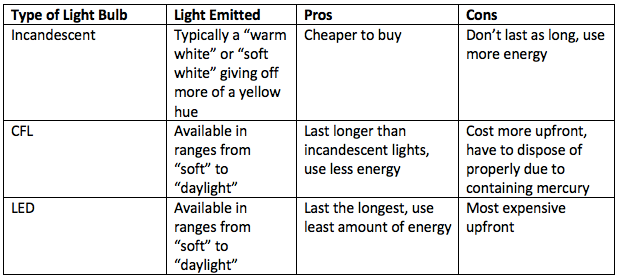Tackling Property Taxes
- Tim Kraemer
- Jan 11, 2022
- 2 min read
It’s that time of year when taxes come around. Income taxes, property taxes. Different forms, different deductions, different rules. It can be overwhelming and confusing.
The goal of this blog is to help you to understand two things about property taxes: how they are calculated and how you can make sure you aren’t being over-taxed.

The basic property tax equation is this: mill levy + assessed property value.
What the heck is mill levy you ask?! Let’s define it, shall we? Mill levy is a combination of tax levies from the city, county and school district. Each of these entities have the power to levy against properties within their boundaries. They each set their own levy and all of these are combined to make the total mill levy. In simpler terms, the mill levy is a tax rate. This tax rate is then levied or imposed on your property value.
And how is the assessed property value determined? The assessed value is a yearly estimation of your homes market value. This number is based on local real estate market conditions along with your homes condition. An assessor determines the amount by reviewing information about your home and the surrounding market. Factored into the assessed value are also any remodeling/new construction that was done on the home. There are other factors that go into the assessed value, but for purposes of this blog we will leave it at that.
Now that we’ve given a simple definition of property taxes, let’s talk about things to think about.
First, remember that you cannot deduct homeowner association dues, appraisal fees for your home, home insurance, or home improvements.
Second, remember that you have the ability to request your property tax card. This card will have information included the dimensions of your lot, the dimensions of rooms in your home and the number and type of fixtures located within the home. There may also be a section including special features or notes about improvements that have been made to your home. Look over this card and make sure the information is correct. If you find any discrepancies alert the tax assessor of these.
Third, realize that if you have made any improvements to your home, this will raise your taxes. This includes things such as a pool, deck, shed, etc.
Lastly, be aware that Dane County has the highest property tax rates in Wisconsin. Sauk County ranks 23 out of 72 counties for property tax rates. Overall, Wisconsin ranks 9th out of the 50 states in property tax rates. So basically, if you live in the great state of Wisconsin you are going to be paying a substantial amount in property taxes.
Taxes can be stressful, confusing and time consuming. When in doubt, get the help from a professional to make sure you are getting your taxes done right the first time around. There are plenty of resources out there-take advantage of them. Don’t leave yourself in the dark when it comes to taxes, it’s not worth it.




Comments